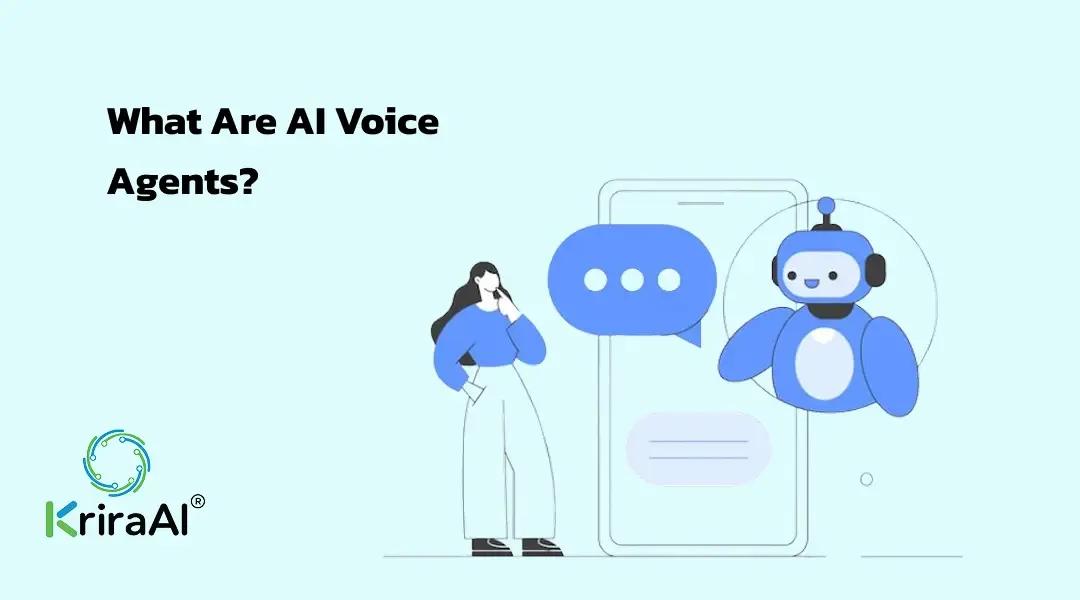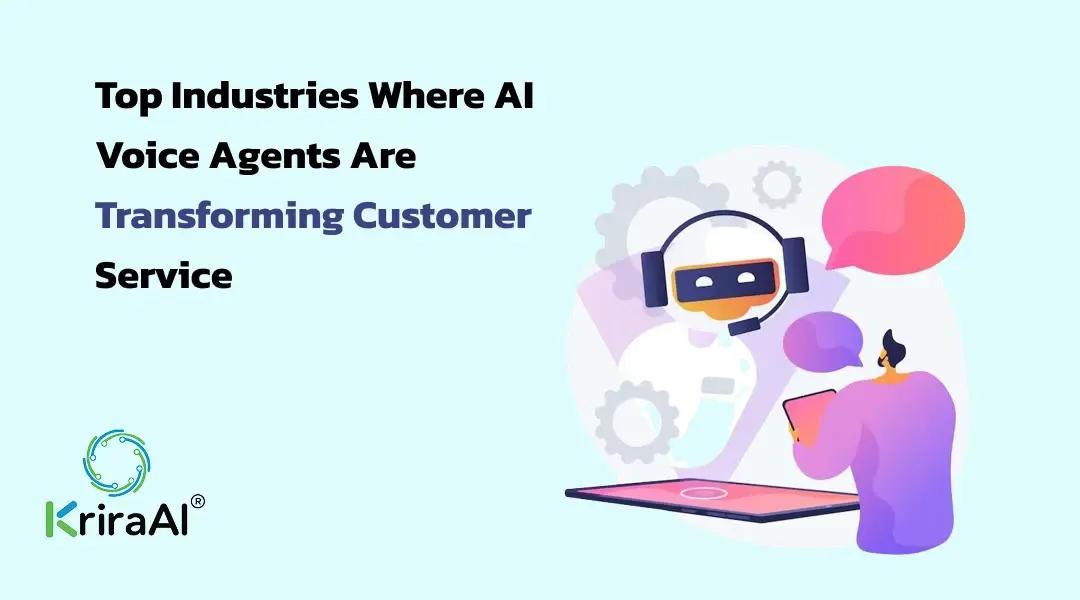When Is the Right Time to Implement AI Voice Agents?
Let me tell you the truth most vendors won’t: deploying an AI voice agent too early is worse than not deploying one at all.
I’ve seen it firsthand—companies spending six figures on voice AI, only to shelve it within months. Not because the tech failed. Because they weren’t ready.
Tech is only half the story. Timing? That’s the whole plot.
What Are AI Voice Agents?

Definition & Capabilities
AI voice agents are intelligent systems that can carry on spoken conversations with users, mimicking human-like interactions via natural language processing (NLP), automatic speech recognition (ASR), and text-to-speech (TTS). Think of them as AI voice assistants that can answer calls, resolve queries, schedule appointments, and more—without breaking a sweat.
Chatbots vs. Voice Agents
Here’s a quick differentiator (because people mix them up constantly): Chatbots = Text-based interactions. Voice Agents = Spoken conversations.
The latter requires more nuance—tone, latency, pronunciation, and contextual memory matter. That’s why voice AI is harder but also more valuable when done right.
Key Business Signals That Indicate Readiness
So—when’s the right time?
Let’s break down the three biggest green flags I look for before recommending AI voice agent implementation:
High Call Volume & Long Wait Times
If your support team is drowning in repetitive calls (think password resets, order status, FAQs), you're not scaling—you’re suffocating. AI voice bots for enterprises thrive in this chaos. They take the load off your agents without compromising service.
You're Scaling Customer Support
Adding 50 new agents just to “keep up” with growth? That’s not sustainable. A properly implemented AI voice assistant can automate 30-60% of your Tier 1 interactions. That’s not theory. That’s data from actual KriraAI projects.
Entering New Markets or Languages
Going multilingual? Voice AI agents can be trained for Hindi, Gujarati, Spanish—you name it. They're faster (and cheaper) than hiring 10 new regional agents.
Top Industries Where AI Voice Agents Are Transforming Customer Service

I won’t bore you with theoretical use cases. Here’s where we’ve seen voice AI actually move the needle:
E-commerce
Order tracking, returns, delivery updates—all handled by voice AI. One client saw 42% reduction in support tickets in 3 months.
Healthcare
Appointment scheduling. Prescription reminders. Patient FAQs. HIPAA-compliant voice bots are changing the game.
BFSI
Balance inquiries, loan eligibility, EMI reminders—voice bots reduce average handling time by up to 35%.
Travel & Hospitality
From flight rebookings to hotel check-in updates, voice AI brings instant support to time-sensitive journeys.
Common Use Cases of AI Voice Agents
Let’s keep it simple. These are the real-world tasks where AI voice agents shine:
Customer Support: 24/7 support without overtime costs.
Appointment Booking: For clinics, salons, consultants.
Feedback Collection: Post-call surveys that people actually respond to.
FAQ Automation: Answer 80% of common queries instantly.
Bonus? They never call in sick.
When Is Not the Right Time to Implement?
This section is your red flag detector.
No Clear Business Goal
If you're doing it “to stay ahead of the curve,” stop right there. You’ll end up with a half-baked voice agent and a whole lot of regret.
No Data Infrastructure
AI needs data like fish need water. No call recordings? No transcripts? No historical query logs? You’re building on quicksand.
Expecting Instant Perfection
Let me be blunt: a fresh AI model is like a new employee. It needs training. If you're not ready to iterate and optimize, you're not ready—period.
Steps to Successfully Deploy AI Voice Agents
Here’s the blueprint I personally follow when consulting at KriraAI:
Step 1: Define Clear Goals
What problem are you solving? Cost reduction? 24/7 availability? Better CX?
Step 2: Choose the Right Technology Partner
(And no, that doesn’t always mean the “biggest” one. It means the one who actually listens.)
Step 3: Train with Your Customer Data
Generic models give generic results. Voice agents trained on your customers’ real queries = magic.
Step 4: Monitor, Improve, Repeat
Set KPIs. Track call deflection, CSAT, and time-to-resolution. Tune regularly. AI is not set-and-forget.
Measuring ROI of AI Voice Agent Implementation
ROI isn't just a buzzword—it’s your north star. Here’s how we measure it:
Cost Savings: Reduce support headcount or reallocate human agents to high-value tasks.
Call Deflection Rate: If your bot resolves 60% of calls, that’s real impact.
CSAT: Happy customers = higher retention = growth.
One KriraAI client saw a 4.2x ROI within 6 months. That wasn’t luck. That was readiness + execution.
Conclusion
If you’re asking “Should we implement AI voice agents?”, you’re asking the wrong question.
The real question is: “Are we ready?”
Because when you are—the impact is real, measurable, and transformative. When you’re not—it’s just another shiny object in the graveyard of failed tech pilots.
Want help figuring out where you stand? Let’s talk. No pitch, just perspective.
FAQs
When you’re experiencing high call volume, planning to scale support, or entering new markets and you have clear goals and clean data.
They automate repetitive tasks, offer 24/7 support, reduce wait times, and free up human agents for complex queries.
Yes, especially if your operations are lean but customer engagement is critical. Several startups use voice AI for scheduling, feedback, and tier-1 support.
Call recordings, chat transcripts, support tickets—basically, any real interactions that help train the agent to speak your customers’ language.
Typically 3–6 months if implemented well—with measurable savings in call volume and support costs.

CEO
